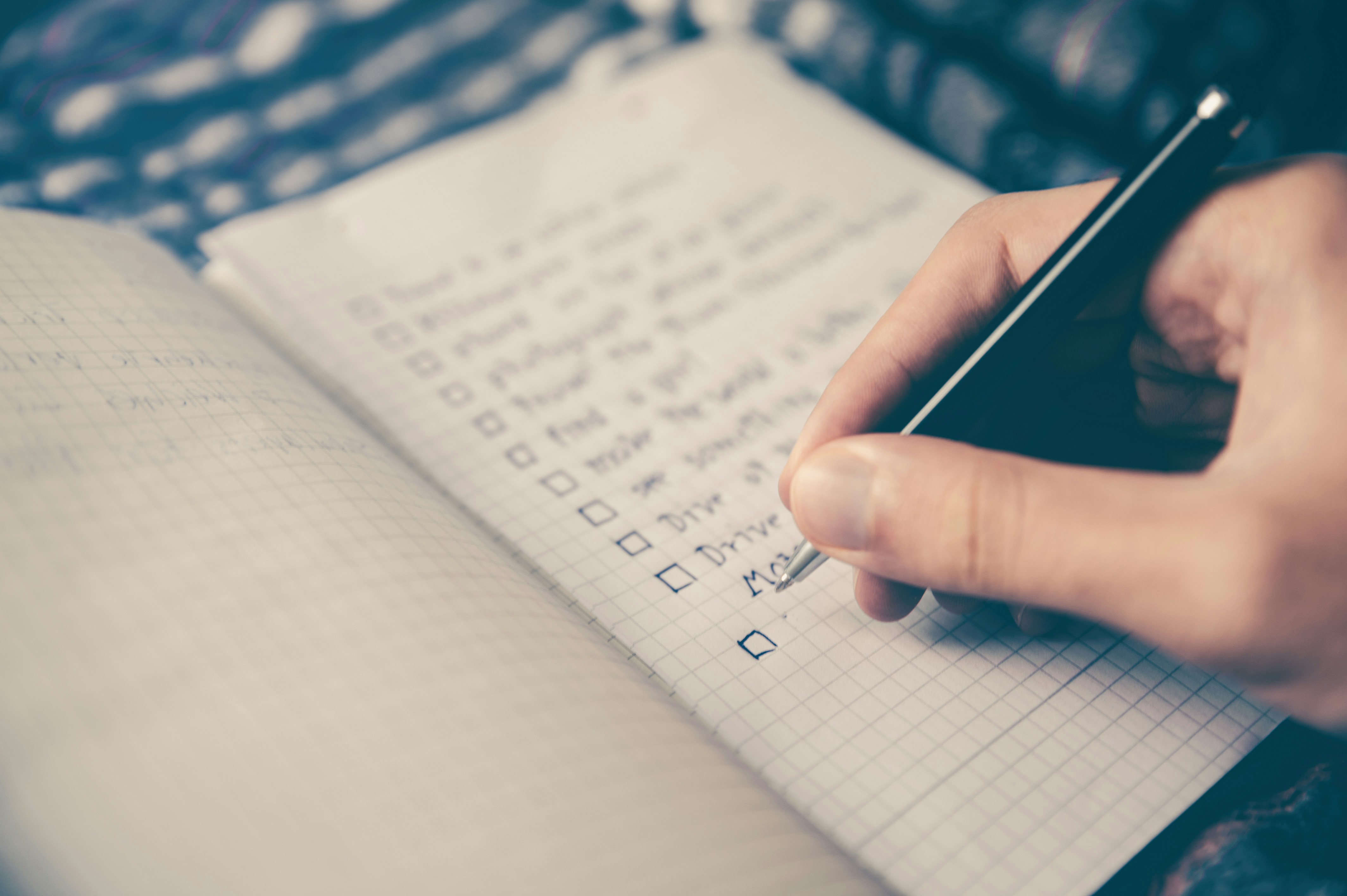Como Criar um Plano de Prevenção de Recaída para Dependência de Jogo
14 de out. de 2024

How to Create a Relapse Prevention Plan for Gambling Addiction
Creating a relapse prevention plan is a crucial step in overcoming gambling addiction. A well-structured plan helps individuals anticipate and manage triggers, reduce the risk of relapse, and maintain long-term recovery. In this article, we’ll guide you through the process of developing an effective relapse prevention plan for gambling addiction.
Understanding Relapse in Gambling Addiction
Relapse is a common challenge in the recovery process for gambling addiction. It occurs when individuals revert to gambling behavior after a period of abstinence. Understanding the factors that contribute to relapse and having a strategy in place to manage these triggers is essential for maintaining recovery and preventing setbacks.
Steps to Create a Relapse Prevention Plan
1. Identify Personal Triggers
The first step in creating a relapse prevention plan is to identify personal triggers that may lead to gambling. Triggers can include emotional states, stressful situations, social influences, or specific environments. Understanding these triggers allows you to develop strategies to manage and avoid them.
Examples of triggers:
Stress or anxiety
Financial difficulties
Social gatherings where gambling is present
Boredom or lack of fulfilling activities
2. Develop Coping Strategies
Once you have identified your triggers, it’s important to develop coping strategies to handle them effectively. Coping strategies can include alternative activities, relaxation techniques, or seeking support from others. Having a toolkit of strategies ready can help you manage cravings and avoid relapse.
Examples of coping strategies:
Engage in hobbies or activities that provide fulfillment and enjoyment
Practice mindfulness or relaxation exercises to manage stress
Develop a support network of friends, family, or support groups
3. Set Clear Goals and Boundaries
Establishing clear goals and boundaries is a key component of a relapse prevention plan. Set specific, achievable goals related to your recovery and financial stability. Define boundaries for yourself to avoid situations or environments that may lead to temptation.
Examples of goals and boundaries:
Create a budget and stick to it to manage financial risks
Avoid places or events where gambling is a focus
Set limits on time spent alone or in potentially triggering situations
4. Create a Support System
A strong support system can play a significant role in preventing relapse. Surround yourself with individuals who understand your struggle and can offer encouragement and accountability. Support groups, therapy, and trusted friends or family members can provide valuable assistance in maintaining your recovery.
Examples of support systems:
Join a support group for gambling addiction
Seek individual or group therapy with a counselor specializing in addiction
Engage with family and friends who support your recovery efforts
5. Develop a Response Plan for Relapse
Despite your best efforts, relapse can still occur. Having a response plan in place can help you quickly regain control and get back on track. Outline steps to take if you experience a relapse, such as reaching out to a support person, attending a counseling session, or revisiting your coping strategies.
Examples of response steps:
Contact a support person immediately for guidance and encouragement
Attend a therapy session or support group meeting to address the relapse
Review and adjust your relapse prevention plan as needed
6. Monitor and Adjust the Plan Regularly
A relapse prevention plan is a dynamic tool that should be monitored and adjusted regularly. Periodically review your plan to assess its effectiveness and make any necessary changes. Stay attuned to your progress and adapt the plan to address new challenges or evolving triggers.
Examples of monitoring and adjustments:
Schedule regular check-ins with a counselor or support group
Assess your coping strategies and update them as needed
Adjust goals and boundaries based on your progress and experiences
Taking Action
Creating and implementing a relapse prevention plan is essential for maintaining recovery from gambling addiction. By identifying triggers, developing coping strategies, setting goals, building a support system, and having a response plan in place, you can strengthen your ability to stay on track and achieve long-term recovery.
If you or someone you know is struggling with gambling addiction, consider seeking professional help and utilizing resources like Gambling Block to support your recovery journey. A well-crafted relapse prevention plan, combined with professional and community support, can make a significant difference in achieving and sustaining recovery.
Conclusion
A relapse prevention plan is a vital tool in overcoming gambling addiction and maintaining long-term recovery. By identifying triggers, setting goals, developing coping strategies, and building a support system, individuals can effectively manage their addiction and reduce the risk of relapse. Regular monitoring and adjustment of the plan ensure continued success and stability in the recovery process.
Gambling Block
Nunca mais perca dinheiro jogando
© Moxyz Studio 2024. Todos os direitos reservados. Política de Privacidade. Termos e Condições.